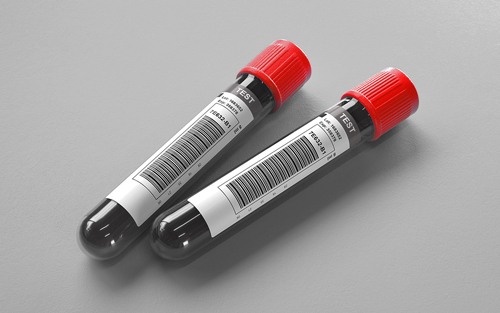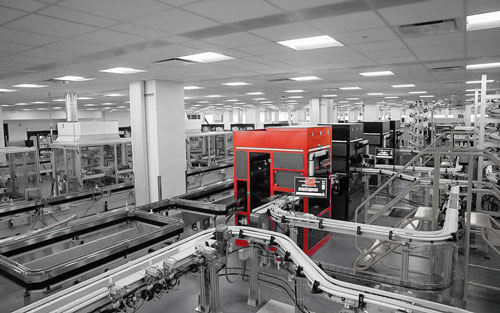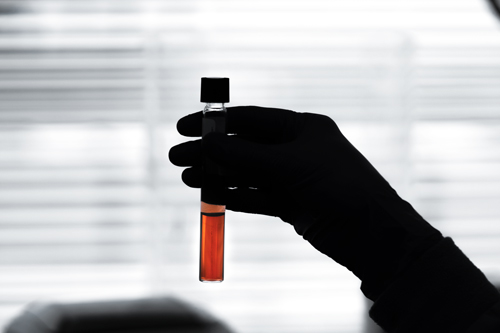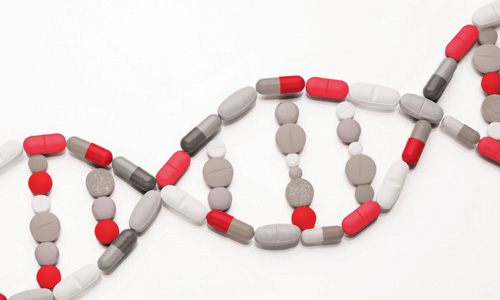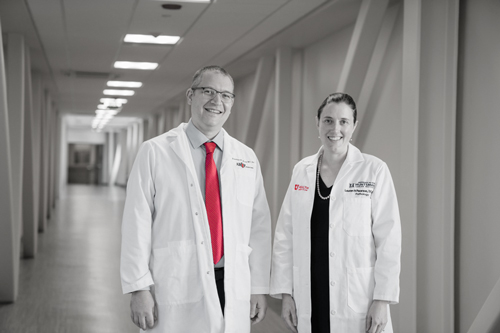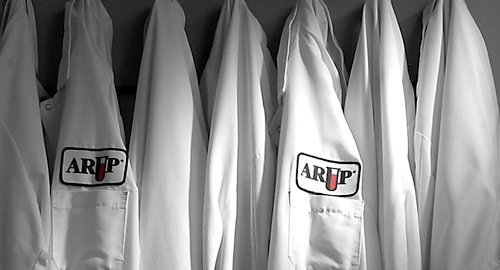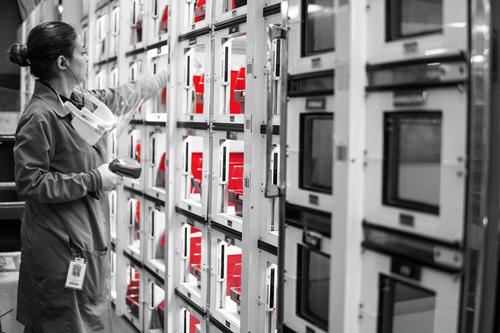Prostate Specific Antigen, Free Percentage (Includes Free PSA and Total PSA)
Ordering Recommendation
Do not use for initial prostate cancer screening; preferred test is Prostate Specific Antigen, Total (0070121) in conjunction with digital rectal exam (DRE). May provide additional prostate cancer risk information for patients with mildly elevated total PSA and a negative DRE.
New York DOH Approval Status
Specimen Required
Serum separator tube. Also acceptable: Green (lithium heparin), Lavender (K2EDTA), or Pink (K2EDTA).
Allow specimen to clot completely at room temperature. Separate serum or plasma from cells ASAP or within 2 hours of collection. Transfer 1 mL serum or plasma to an ARUP Standard Transport Tube. (Min: 0.5 mL)
Frozen.
Grossly hemolyzed specimens. Vaginal washings.
After separation from cells: Ambient: 8 hours; Refrigerated: 5 days; Frozen: 3 months
Methodology
Quantitative Electrochemiluminescent Immunoassay
Performed
Sun-Sat
Reported
Within 24 hours
Reference Interval
By report
Results include: PSA-Free, PSA, PSA-Percent Free
Interpretive Data
ARUP uses the Roche Free PSA electrochemiluminescent immunoassay method in conjunction with the Roche PSA electrochemiluminescent immunoassay method to determine the free PSA percentage. Values obtained with different assay methods should not be used interchangeably. The free PSA percentage is an aid in distinguishing prostate cancer from benign prostatic conditions in individuals with a prostate age 50 years and older with a total PSA between 3 and 10ng/mL and negative digital rectal examination findings. Prostatic biopsy is required for the diagnosis of cancer.
| In patients with total PSA concentrations of 4-10 ng/mL, the probability of finding prostate cancer on needle biopsy by age in years is: |
|||
|---|---|---|---|
| % Free PSA |
50-59 years |
60-69 years |
70 years and older |
| 0-10% | 49% | 58% | 65% |
| 11-18% | 27% | 34% | 41% |
| 19-25% | 18% | 24% | 30% |
| > 25 % | 9% | 12% | 16% |
| Other factors may help determine the actual risk of prostate cancer in individual patients. |
|||
FDA
Note
The free percentage is calculated using the total and free PSA results.
Hotline History
CPT Codes
84153; 84154
Components
| Component Test Code* | Component Chart Name | LOINC |
|---|---|---|
| 0070121 | Prostate Specific Antigen, Total | 83112-3 |
| 0080207 | Prostate Specific Antigen, Free | 10886-0 |
| 0080209 | Prostate Specific Antigen, Percent Free | 12841-3 |
Aliases
- Free PSA
- Total PSA
- PSA Total and Free
- PSA, Free
- PSA ratio
- Free Prostate Specific Antigen
- PSA Free/Total Ratio
